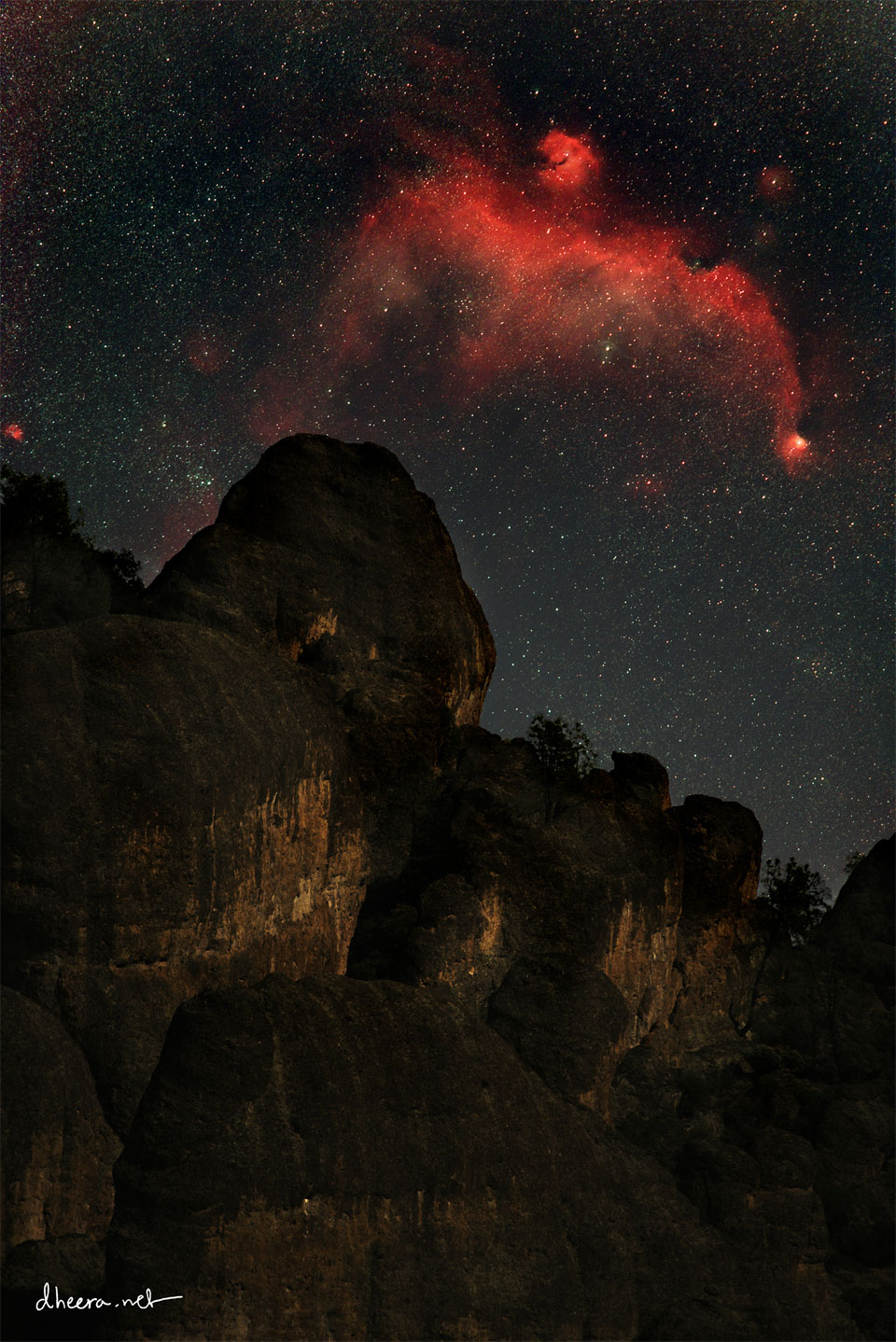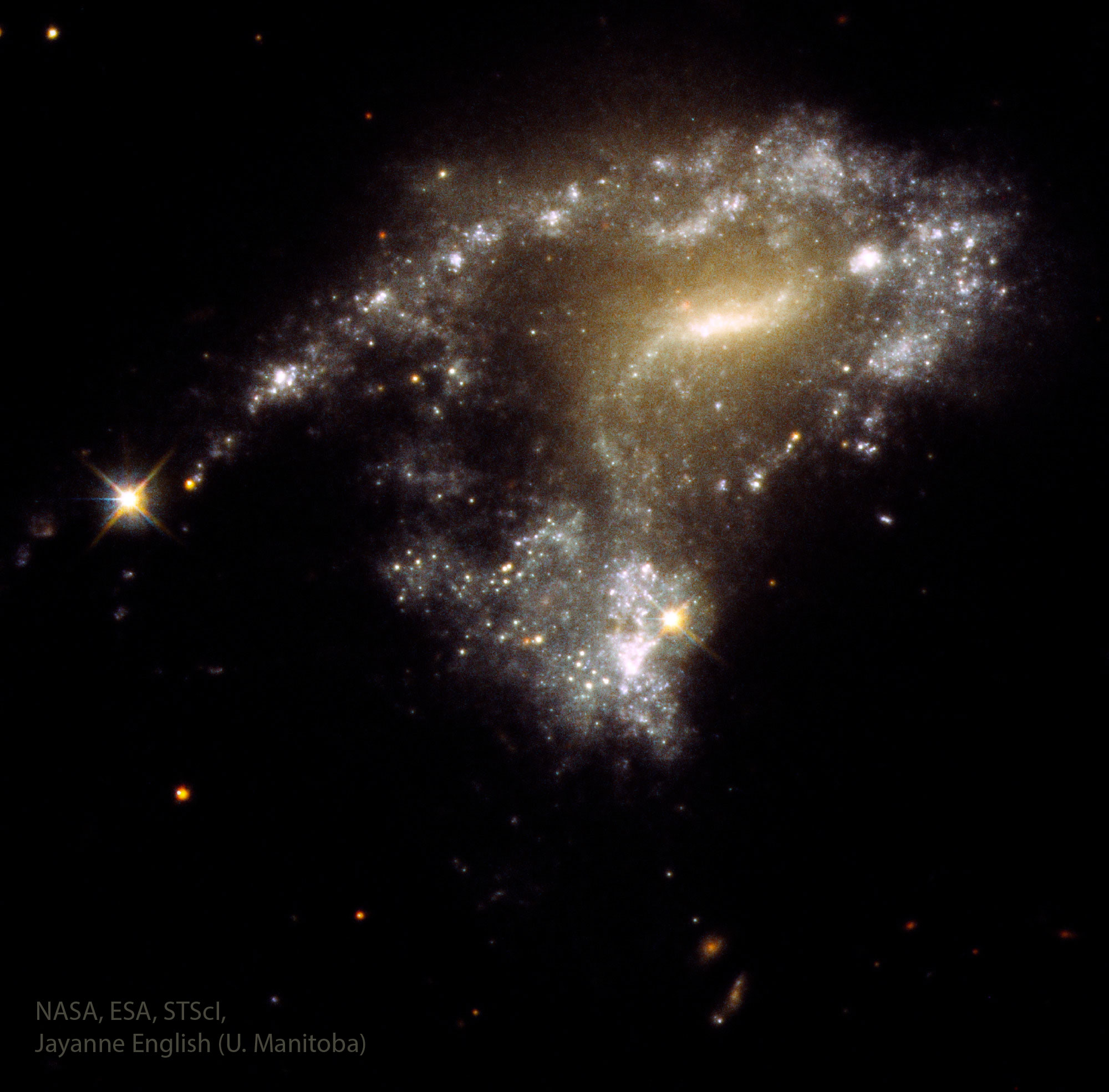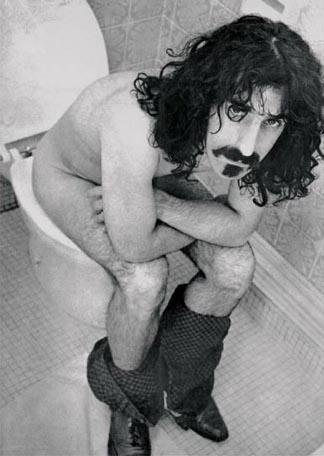Blog
John Dawson Winter III (February 23, 1944 – July 16, 2014) was an American singer, guitarist, songwriter and record producer. Winter was known for his high-energy blues rock albums, live performances and slide guitar playing from the late 1960s into the early 2000s. He also produced three Grammy Award-winning albums for blues singer and guitarist Muddy Waters. After his time with Waters, Winter recorded several Grammy-nominated blues albums. In 1988, he was inducted into the Blues Foundation Hall of Fame and in 2003, he was ranked 63rd in Rolling Stone magazine’s list of the “100 Greatest Guitarists of All Time“.
Johnny Winter was born in Beaumont, Texas, on February 23, 1944. He and his younger brother Edgar Winter (born 1946) were nurtured at an early age by their parents in musical pursuits. Both were born with albinism. Their father, a Leland, Mississippi native John Dawson Winter Jr. (1909–2001), was also a musician who played saxophone and guitar and sang at churches, weddings, Kiwanis and Rotary Club gatherings. Johnny and his brother began performing at an early age. When Winter was ten years old, the brothers appeared on a local children’s show with Johnny playing ukulele.
more...Each copla (verse) of the Fandangos de Huelva contains six sets of twelve counts, and dancers usually perform several verses of the song, or trade off performing a verse with another dancer. In a performance, the guitarist plays two or four sets of estribillos before each copla. The singer may also sing the estribillo before the first copla. When performed in the traditional, regional style, steps are characterized by beautiful leg gestures, flicks of the feet, jota steps and jumps, escuela bolera steps and patterns, a small amount of taconeo/zapateado, castanets, and a distinctive arched line in the back of the dancer – torcido – which produces a spiraling effect. The dance is also often performed aflamencada, in a flamenco style that includes footwork, flamenco marking steps and cues, and llamadas and remates that are similar to those found in Bulerías.
The typical scenario for a traditional Fandangos de Huelva dance (performed by soloists or in groups) is as follows:
- Entrance/entrada
-
-
Danced to a musical (with or without cante) estribillo
-
-
1st copla
-
Each verse contains six sets of twelve count phrases, performed with or without castanets, and includes traditional regional or flamenco steps and phrases
-
-
Estribillo transition
-
Two to four sets of twelve count phrases are performed to the estribillo music, acting as transitions between the coplas (verses). These transitions allow dancers to enter or exit the stage.
-
-
Arrimaté
-
A traditional cierre (closing/ending) for cante and baile por Fandangos de Huelva
-
spiral, Messier 106 dominates this cosmic vista. The nearly two degree wide telescopic field of view looks toward the well-trained constellation Canes Venatici, near the handle of the Big Dipper. Also known as NGC 4258, M106 is about 80,000 light-years across and 23.5 million light-years away, the largest member of the Canes II galaxy group. For a far far away galaxy, the distance to M106 is well-known in part because it can bedirectly measured by tracking this galaxy’s remarkable maser, or microwave laser emission. Very rare but naturally occurring, the maser emission is produced by water molecules in molecular clouds orbiting its active galactic nucleus. Another prominent spiral galaxy on the scene, viewed nearly edge-on, is NGC 4217 below and right of M106. The distance to NGC 4217 is much less well-known, estimated to be about 60 million light-years, but the bright spiky stars are in the foreground, well inside our own Milky Way galaxy.

more...
Joseph James LaBarbera (born February 22, 1948) is an American jazz drummer and composer. He is best known for his recordings and live performances with the trio of pianist Bill Evans in the final years of Evans’s career.His older brothers are saxophonist Pat LaBarbera and trumpeter John LaBarbera.
He grew up in Mount Morris, New York. His first drum teacher was his father. For two years in the late 1960s he attended Berklee College of Music, then went on tour with singer Frankie Randall. After Berklee he spent two years with the US Army band at Fort Dix, New Jersey. He began his professional career playing with Woody Herman and the Thundering Herd.
more...Ernest Kador Jr. (February 22, 1933 – July 5, 2001), known by the stage name Ernie K-Doe, was an American R&B singer best known for his 1961 hit single “Mother-in-Law“, which went to number 1 on the Billboard pop chart in the U.S.
Born in New Orleans, K-Doe recorded as a member of the group the Blue Diamonds in 1954 before making his first solo recordings the following year. “Mother-in-Law“, written by Allen Toussaint, was his first hit, reaching number 1 on both the Billboard pop chart and the Billboard R&B chart. In the UK, the song peaked at number 29. K-Doe never had another top-40 pop hit, but “Te-Ta-Te-Ta-Ta” (number 21, 1961) and “Later for Tomorrow” (number 37, 1967) both reached the R&B top 40.
more...George Holmes “Buddy” Tate (February 22, 1913 – February 10, 2001) was an American jazz saxophonist and clarinetist.
Tate was born in Sherman, Texas, United States, and first played the alto saxophone. According to the website All About Jazz, “Tate was performing in public as early as 1925 in a band called McCloud’s Night Owls.” Tate’s 2001 New York Times obituary stated that “he began his career in the late 1920s, playing around the Southwest with bands led by Terrence Holder, Andy Kirk and Nat Towles.
more...Zitkala-Ša, also Zitkála-Šá (Lakota: Zitkála-Šá, meaning Red Bird; February 22, 1876 – January 26, 1938), was a Yankton Dakota writer, editor, translator, musician, educator, and political activist. She was also known by her Anglicized and married name, Gertrude Simmons Bonnin. She wrote several works chronicling her struggles with cultural identity, and the pull between the majority culture in which she was educated, and the Dakota culture into which she was born and raised. Her later books were among the first works to bring traditional Native American stories to a widespread white English-speaking readership.
She was co-founder of the National Council of American Indians in 1926, which was established to lobbyfor Native people’s right to United States citizenship and other civil rights they had long been denied. Zitkala-Ša served as the council’s president until her death in 1938. Zitkala-Ša has been noted as one of the most influential Native American activists of the 20th century. Working with American musician William F. Hanson, Zitkala-Ša wrote the libretto and songs for The Sun Dance Opera (1913), the first American Indian opera. It was composed in romantic musical style, and based on Sioux and Ute cultural themes.
more...Nicknamed for its avian shape, the Seagull Nebula is an emission nebula on the night sky that is vast, spanning an angle over five times the diameter of the full moon and over 200 light years. The head of the nebula is catalogued as IC 2177, and the star cluster under its right wing is catalogued as NGC 2343. Consisting of mostly red-glowing hydrogen gas, the Seagull Nebula incorporates some dust lanes and is forming stars. The peak over which this Seagull seems to soar occurs at Pinnacles National Park in California, USA. The featured image is a composite of long exposure images of the background sky and short exposure images of the foreground, all taken consecutively with the same camera and from the same location.

Edward Haydn Higgins (February 21, 1932 – August 31, 2009) was an American jazz pianist, composer, and orchestrator. His performance and composition in 1959’s “Cry of Jazz” is preserved in the Library of Congress’ National Film Registry.
Born and raised in Cambridge, Massachusetts, United States, Higgins initially studied privately with his mother. He started his professional career in Chicago, Illinois, while studying at the Northwestern University School of Music and earned a spot in fellow Northwestern alumnus Paul Severson‘s band in 1956 before leading his own band in 1957.
more...Nina Simone (born Eunice Kathleen Waymon; February 21, 1933 – April 21, 2003 Tryon, NC) was an American singer, songwriter, pianist, composer, arranger and civil rights activist. Her music spanned styles including classical, folk, gospel, blues, jazz, R&B, and pop.
The sixth of eight children born into a poor family in North Carolina, Simone initially aspired to be a concert pianist. With the help of a few supporters in her hometown, she enrolled in the Juilliard School of Music in New York City. She then applied for a scholarship to study at the Curtis Institute of Music in Philadelphia, where, despite a well received audition, she was denied admission, which she attributed to racism. In 2003, just days before her death, the Institute awarded her an honorary degree.
To make a living, Simone started playing piano at a nightclub in Atlantic City. She changed her name to “Nina Simone” to disguise herself from family members, having chosen to play “the devil’s music” or so-called “cocktail piano”. She was told in the nightclub that she would have to sing to her own accompaniment, which effectively launched her career as a jazz vocalist. She went on to record more than 40 albums between 1958 and 1974, making her debut with Little Girl Blue. She released her first hit single in the United States in 1958 with “I Loves You, Porgy“. Her piano playing was strongly influenced by baroque and classical music, especially Johann Sebastian Bach, and accompanied expressive, jazz-like singing in her contralto voice.
more...Tadley Ewing Peake Dameron (February 21, 1917 – March 8, 1965) was an American jazz composer, arranger, and pianist.
Born in Cleveland, Ohio, Dameron was the most influential arranger of the bebop era, but also wrote charts for swing and hard bop players. The bands he arranged for included those of Count Basie, Artie Shaw, Jimmie Lunceford, Dizzy Gillespie, Billy Eckstine, and Sarah Vaughan. In 1940-41 he was the piano player and arranger for the Kansas City band Harlan Leonard and his Rockets. He and lyricist Carl Sigman wrote “If You Could See Me Now” for Sarah Vaughan and it became one of her first signature songs. According to the composer, his greatest influences were George Gershwin and Duke Ellington.
more...
AM1054-325, featured here in a recently released image by the Hubble Space Telescope, the answer is millions. Instead of stars being destroyed as galaxy AM1054-325 and a nearby galaxy circle each other, their gravity and motion has ignited stellar creation. Star formation occurs rapidly in the gaseous debris stretching from AM1054-325’s yellowish body due to the other galaxy’s gravitational pull. Hydrogen gas surrounding newborn stars glows pink. Bright infant stars shine blue and cluster together in compact nurseries of thousands to millions of stars. AM1054-325 possesses over 100 of these intense-blue, dot-like star clusters, some appearing like a string of pearls. Analyzing ultraviolet light helped determine that most of these stars are less than 10 million years old: stellar babies. Many of these nurseries may grow up to be globular star clusters, while the bundle of young stars at the bottom tip may even detach and form a small galaxy.

Created by Jayanne English 2023/24
Buffy Sainte-Marie, OC (born Beverly Jean Santamaria; February 20, 1941) is an American singer-songwriter, musician, and social activist. Sainte-Marie’s singing and writing repertoire includes subjects of love, war, religion, and mysticism. She has won recognition, awards, and honors for her music as well as her work in education and social activism. In 1983, her co-written song “Up Where We Belong“, for the film An Officer and a Gentleman, won the Academy Award for Best Original Song at the 55th Academy Awards. The song also won the Golden Globe Award for Best Original Song that same year.
Since the early 1960s, Sainte-Marie has said she has Indigenous Canadian ancestry, but a 2023 investigation by CBC News concluded that she was born in the United States and is of Italian and English descent. Some Indigenous musicians and organizations have since called for awards she won while falsely claiming an Indigenous identity to be rescinded, including her 2018 Juno Award for Indigenous Artist or Group of the Year. In her work, she has focused on issues facing Indigenous peoples of the United States and Canada. In 1997, she founded the Cradleboard Teaching Project, an educational curriculum devoted to better understanding Native Americans.
more...Frank Isola (February 20, 1925 – December 12, 2004 in Detroit, Michigan) was an American jazz drummer.
Isola was born and raised in Detroit and was heavily influenced by Gene Krupa. He played in the U.S. military during World War II (1943–45), and then studied and performed in California with Bobby Sherwood and Earle Spencer. He then moved to New York City, where he played with Johnny Bothwelland Elliot Lawrence in 1947. Following this he played with Stan Getz (1951–53) and Gerry Mulligan (1953–54), as well as with Mose Allison, Eddie Bert, Bob Brookmeyer, Jimmy Raney, Johnny Williams and Tony Fruscella.
more...More Posts
- The Cosmos with M57
- Philly Joe Jones Day
- Sadik Hakim Day
- World Music with Abdelslam Alikane Souiri et Songhoy Blues
- Daily Roots with Lee Perry
- DRUM JAM 7-14-18
- The Cosmos with SDSS J0333+0651
- Angelique Kidjo Day
- Henry “Rubberlegs” Williams Day
- World Music with Noe hernandez cantarell
- Daily Roots with Barry Brown
- The Cosmos with NGC 3627
- Albert Ayler Day
- Pete Escovedo Day
- World Music with Paco de Lucia
- Daily Roots with Michael Rose
- The Cosmos with RCW38
- Big John Patton Day
- Paul Gonsalves Day
- World Music with Martá Sebestyén
